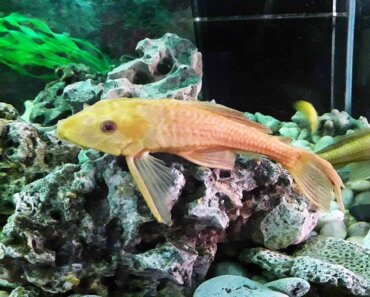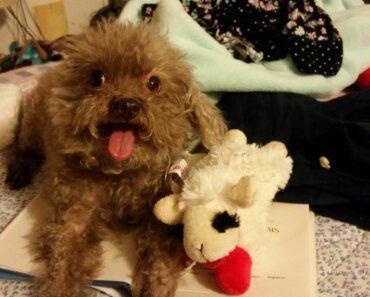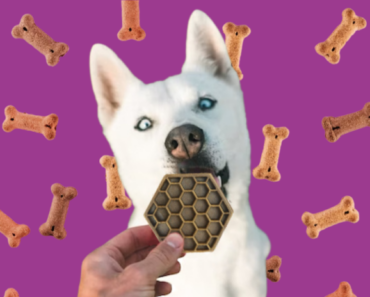Leash reactivity can make your dog difficult to walk. Here’s how to make the world a friendlier place for him.
Walking our dogs should be an enjoyable, enriching opportunity to connect with our canine companions, and with nature. But sometimes, dogs – and the people who love them — aren’t able to enjoy this basic activity due to leash reactivity. Let’s look at what leash reactivity is, why it happens, and what you can do to help your dog.
What Leash Reactivity Looks Like
We’ve all seen (or maybe even experienced) dogs barking and lunging at the end of the leash, seemingly upset and triggered by the sight of a person, vehicle or other dog. These dogs – and their humans – are experiencing a real struggle in that moment. The frustration for both dog and guardian not only causes stress for both of them, but can even strain the bond between them. What follows are some tips for successful, happy, enjoyable walks – even if your Fido can be a little feisty at times.
The Gear
The first step is to change what’s easy to change, such as your dog’s walking gear. Say he reacts to anything during a walk by lunging. An enthusiastic dog might hit the end of the leash with great force. If the leash is attached to a collar that tightens or pinches, this action is going to create pressure on delicate structures of the neck area, causing pain and discomfort, even injury, and leading the dog to form negative associations with what he is focused on. This distress, in turn, can cause him to either bark at, lunge towards, or attempt to run away from that person, animal, or object in the future. Each time this cycle repeats, what may have started as excitement and curiosity becomes more and more uncomfortable and negative for the dog. As a result, the reactivity worsens and intensifies.
One element needed for a more stress-free walking experience is a comfortable, well-fitting harness for leash attachment. Safety and comfort are essential here, so look for a harness that has these features:
- Easily adjustable straps for a custom fit, so it’s comfortable but the dog can’t slip out of it by backing up.
- Nothing that restricts movement or causes chafing or rubbing
- Multiple locations for leash attachment, providing you with choices:
- Attach the leash to the front clip to help decrease pulling
- Attach the leash to the back clip for traditional walking and other activities
- Does not “correct” your dog in any way — this will not help him walk easily and calmly.
- Protects the sensitive and vital structures of your dog’s neck from injury.
The Professionals
Keep in mind that even the best harness does not teach your dog to walk politely on a leash, or address the underlying emotions that have led to, or reinforced, the behavior of lunging and pulling. For that we need a humane, ethical, force-free, professional dog trainer and/or behavior consultant for support and guidance.
Working on basic life skills, often in the form of training games, helps prepare both dog and person for successful and enjoyable walks…eventually. Foundational skills such as loose leash walking, recall, association games, and politely greeting other dogs and people are some of the techniques trainers use. They can be practiced indoors at first – with fewer distractions and triggers – then gradually generalized to real-life situations.
Changing Your Dog’s Perceptions
When working with a reactive dog, the goal is to help her change her perceptions, or how she feels towards certain triggers. This is where association games can be so helpful.
Here’s an example of how it works. Using treats, play a fun game with your dog in front of a window, open door, or in the yard while waiting for other dogs to walk by. This teaches her that the presence of another canine is linked to positive attention and something good to eat. You can reinforce this by stopping the flow of play and treats when the other dog disappears. To be clear, you are not rewarding barking and lunging behavior. You are helping change your dog’s emotional state from “I’m upset and frustrated” to “Wow! This is awesome!” You’ll know your dog “gets it” when she looks at a passing dog, then looks at you for a treat! She is now associating the sight of another dog with fun, games and encouragement, instead of frustration.
Interrupt and Redirect
Depending on your dog’s degree of reactivity, another option for making leash walks more pleasant, while helping your dog enjoy the presence of certain stimuli, is to take the “do this instead of that” approach. In this case, you are asking for and rewarding a specific behavior. For example, when another dog (or cyclist, jogger, etc.) appears, gently ask your dog to “watch me” instead of the distraction, then reward him generously for doing so. You can also ask for any other behavior your dog knows. By redirecting him to do something that is more productive and pays off in a fun way, you’ll eventually have an easier time walking together, and will also get the great side effect of a positive conditioned response (good vibes!) around your dog’s triggers — a total win-win for all.
Strengthening the Human-Canine Bond
This article covers some of the tools that can alleviate leash reactivity and help you and your pup get more enjoyment and bonding from your walks together. In time, with patience and persistence, instead of tensing at the sight of another dog, person or bicycle, you and your canine companion will embrace the opportunity to confidently practice fun new skills together. Using a force-free training philosophy, along with humane, well-designed walking gear, you can turn what were once challenging times into a chance to grow and deepen your bond with your dog.
Here’s to unleashing adventures and harnessing fun…and being part of the positive shift towards making the world a friendlier place for canine companions everywhere!



























